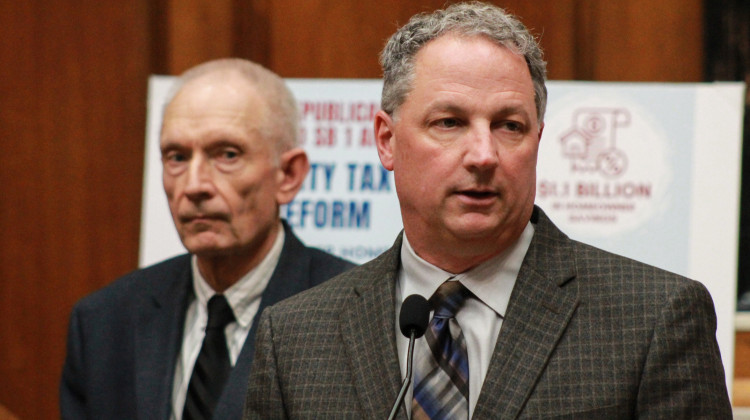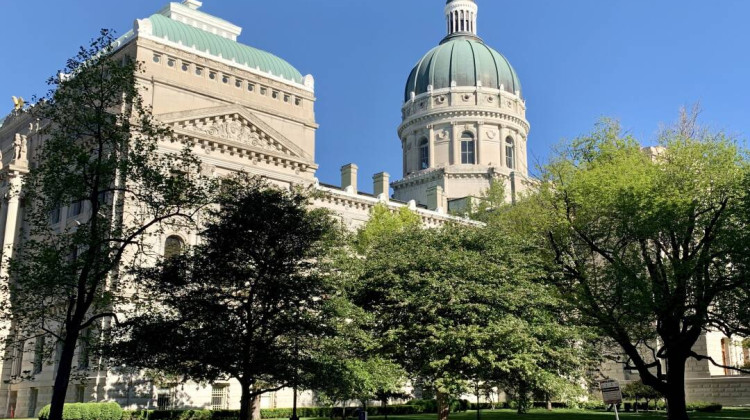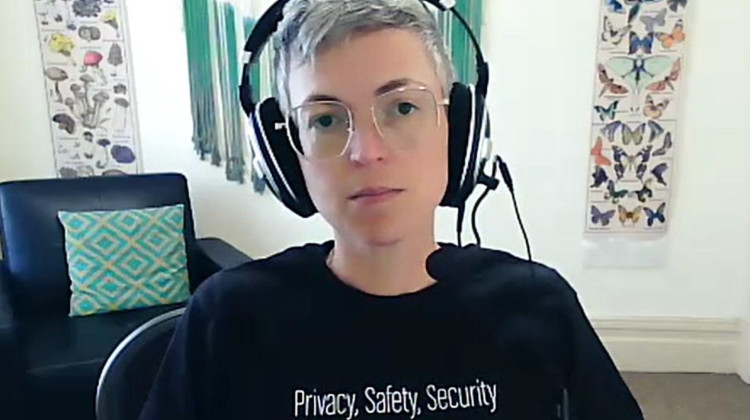
The Attorney General's office sought dismissal of a media-led effort to block the use of a 25-foot "buffer zone" around law enforcement.
Getty ImagesWhitney Downard, Indiana Capital Chronicle
The state’s highest legal office filed to dismiss a challenge Friday from a group of media entities to the state’s “buffer zone” law, which creates a 25-foot zone around law enforcement officers during certain activities.
In a joint filing with Marion County public safety authorities, the Attorney General’s office cites a similar case moving through the Northern District of Indiana from South Bend and notes that the law hasn’t been used against any of the plaintiffs.
“… (Plaintiffs) do not allege that the Buffer Law has actually been or will likely be enforced against them, they do not allege that they have self-censored as a result of the Buffer Law, and they do not allege that they intend to self-censor,” the filing reads. “And in a twist of irony, the only instances of enforcement they do allege show that the Buffer Law is not being enforced in the manner they claim to fear, but is only being enforced evenhandedly and with great deference to those recording law enforcement, in situations where it is plainly needed.”
Case background
Lawmakers earlier this year passed the law, under which officers engaged in “lawful duties” can order someone to stay 25 feet away or risk a Class C misdemeanor. Supporters at the time said some situations become more volatile when people are too close to the officers.
In November, the plaintiffs — which includes the Reporters Committee for Freedom of the Press, the Indiana Broadcasters Association, the Society of Professional Journalists, the Indy Star and more — pushed for an injunction blocking the law’s effects pending a court decision.
Members of the press and the public argue the so-called “buffer zone” limits their ability to hold law enforcement accountable, especially when it comes to public recordings.
“By criminalizing peaceful, nonobstructive newsgathering on matters of public importance, the (Buffer Zone law) violates the First Amendment … (and) grants law enforcement officers limitless, standardless discretion to prevent journalists from approaching near enough to document the way officers perform their duties in public spaces,” the injunction request reads.
Plaintiffs say they were within 25 feet of law enforcement during the 2020 protests following the murder of George Floyd and during various rallies in support of abortion rights.
Being 25 feet away would limit the visual and audio reporting, the filing continued.
The injunction request had a status conference just before the Thanksgiving holiday before Magistrate Judge Mario Garcia.
Motion to dismiss
The motion to dismiss filing from the state insists that some sort of constitutional injury must have occurred, rather than a “generalized grievance.”
Since plaintiffs said they would continue to film and photograph within 25 feet, the state says plaintiffs can’t argue that the law has led to self-censorship. Additionally, members of the media hadn’t been singled out in enforcement of the act, the filing said, but rather all bystanders had been ordered 25 feet away. Additionally, individual law enforcement agencies may decide to adopt certain procedures when it comes to interpreting and implementing the law, which the defendants argue weakens the facial challenge, a legal term that allows a party to sue even without damages due to the risk of harm.
“Such policy and implementation is relevant to the merits of a facial challenge because it goes to the heart of how a statute is likely to be enforced. Because the likelihood of enforcement determines whether an alleged enforcement threat is credible or not, such policies are relevant to standing,” the filing said.
Should the court not dismiss the claim, the defendants ask that resolution mirror the South Bend case.
U.S. Judge James Sweeney hasn’t yet ruled on either the injunction or dismissal filing.
 DONATE
DONATE






 Support WFYI. We can't do it without you.
Support WFYI. We can't do it without you.